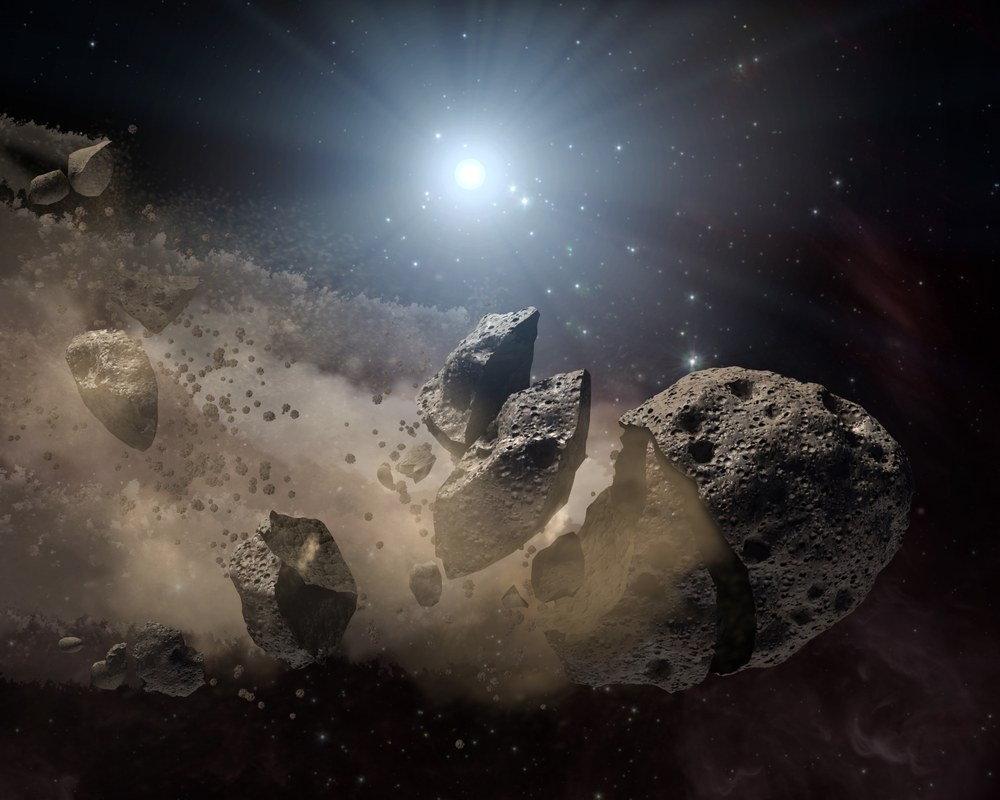Brochure: Dawn (2011)
Mission to the Asteroids Vesta and Ceres

Dawn is an exceptionally exciting mission for planetary researchers. Vesta and Ceres bear witness to the time in which the planets in the Solar System were formed. It is thought that the two bodies have hardly changed since their formation, four and a half billion years ago. They are ideal research objects for catching a glimpse of the past of our 'cosmic neighbourhood'.
Alongside looking back at the period when our Solar System formed, the mission is also investigating the structure and composition of asteroids. Smaller cosmic strays are constantly crossing the path of Earth around the Sun. By studying the larger parent asteroids, planetary researchers expect to learn more about these smaller bodies and the potential risk they pose to Earth.
Photographic data and gravitational measurements will be used to determine the mass, shape, volume and rotation speed of Vesta and Ceres. The Dawn spacecraft will determine their composition, from which their thermal development since their formation can be derived. In addition, these measurements will contribute to clarifying the connection between asteroids and meteorites, which are fragments of asteroids.
Dawn will image the surface of Ceres and Vesta to draw conclusions about their tectonic and impact history. Measurements of their gravity and precise determination of their rotational characteristics will allow the size of any metallic core to be estimated. Furthermore, infrared and gamma ray spectroscopy will be used to search for water-bearing minerals.
The scientific objectives of the Dawn mission are:
